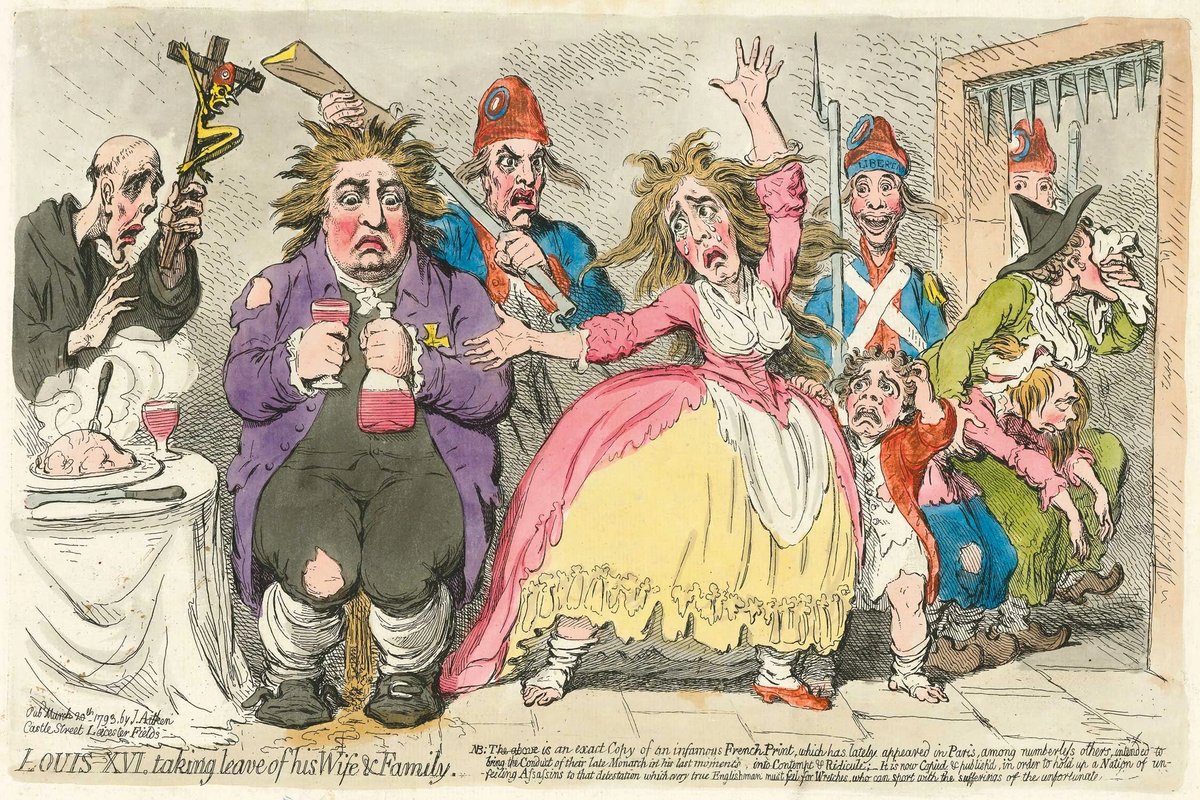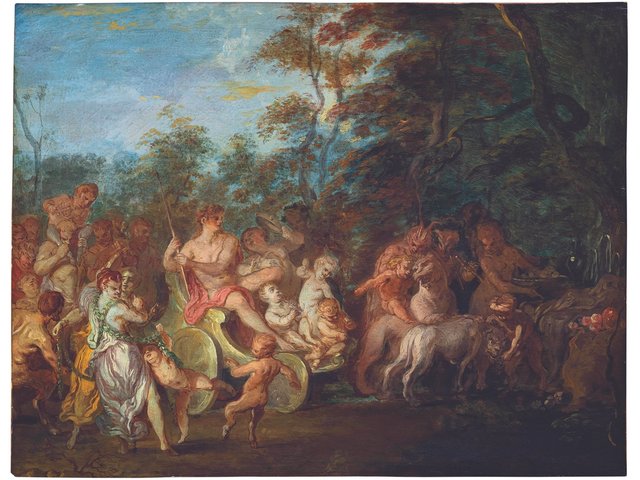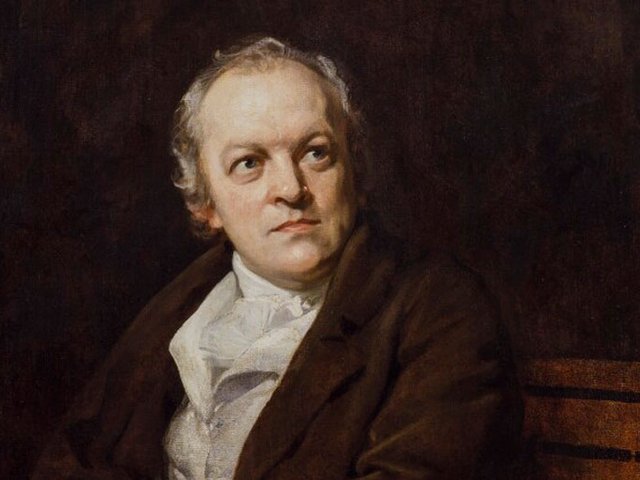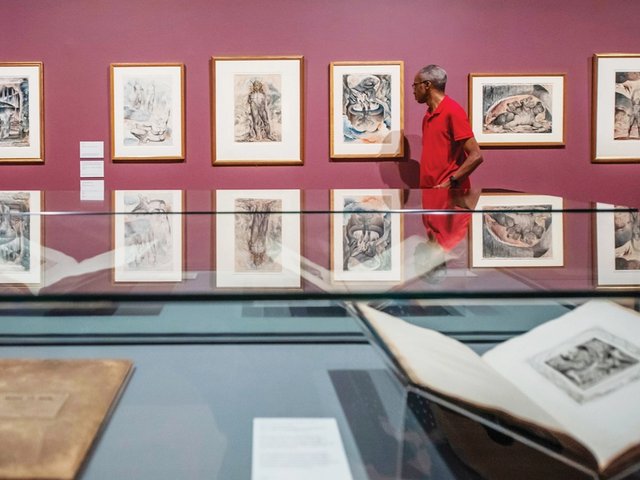It is no exaggeration to describe James Gillray (1756-1815) as one of the greatest draughtsmen in the history of British art, although he worked in the low, ephemeral, journalistic genre of political caricature, driven by malicious wit and grotesque distortion rather than high ideals of beauty and truth. He was an almost exact contemporary of fellow Londoner William Blake and only a decade younger than Francisco de Goya, yet while these other master printmakers were proudly autonomous and universal in their vision, Gillray was always a pen—or etching needle—for hire.
Tim Clayton is a social historian specialising in the print culture of the 18th and 19th centuries, and he frames his excellent biography around the artist’s relationship with his publishers, accomplices and clients, considering in depth the business of graphic satire in the Georgian period. Gillray was a freelancer, adjusting his prolific output to the vicissitudes and demands of the day. And he lived in interesting times, overshadowed by the French Revolution and the subsequent war with France, with a ruling class in Britain that will forever be associated with his merciless portrayals.
The challenge for the contemporary viewer is the historical specificity of the satires, with references in virtually every image requiring elucidation. William Pitt, King George lll and Queen Charlotte, the Prince of Wales, Charles James Fox and of course Napoleon Bonaparte (“Little Boney”) are the most familiar characters, but there are many minor figures, such as the Royal Academicians ridiculed for falling for a confidence trickster offering for sale secret recipes of Renaissance Masters’ colours. Clayton explains this and many other images lucidly and with a light touch, allowing the humour to emanate through the obscurities of time.
Apprenticed in his youth as a writing engraver, Gillray skilfully engraved his own captions, commentaries and speech bubbles, which were copious and sophisticated, replete with classical allusions and quotations from Shakespeare and Milton. Early proofs with handwritten annotations show how assiduously he laboured over these texts, and Clayton stresses the artist’s flair for dialogue and verbal parody in this “hybrid” form of satire that is both literary and visual.
Gillray studied for seven years at the Royal Academy Schools—his ingenious manipulations of the figure and beautifully-drawn hands are an advertisement for the benefits of the life class. After working for several publishers, from 1791 he published caricatures exclusively with the print seller Hannah Humphrey, moving in with her and living above the shop until his death.

Caricatures were often privately commissioned, with “hints” and suggestions supplied by amateurs in the form of a sketch or verbal description to be worked up into a finished print and published in a matter of days. Gillray indicated his degree of authorship in his signature, sometimes crediting the original designer by name. His powers of invention were such that any idea in his hands was transformed into something uniquely his own and he was in high demand. A new print in the window of Mrs Humphrey’s shop attracted enthusiastic crowds, and the targets of his satires were often among his customers, including the Prince of Wales.
Gillray’s mockery of the royal family was fierce and uninhibited, until freedom of expression was curtailed by the “Gagging Acts” of 1795. He was arrested in 1796 for blasphemy, but was never prosecuted; instead he was offered a pension and for the next four years was on the payroll of the Tory government, producing propaganda against Bonaparte, Jacobins and opposition Whigs.
Tim Clayton’s biography is a monumental achievement, gathering an extraordinary wealth of detailed information into a spirited and superbly written narrative. The book is handsomely produced and generously illustrated, mainly with impressions from the collection of the legendary print dealer Andrew Edmunds, who died only a few weeks before its publication.
But it falls just short of being the claimed definitive study. Several of Gillray’s most famous, sublimely funny images are inexplicably missing, among them Midas, transmuting all, into paper (1797). Nevertheless it remains an indispensable guide to the life and imagination of the “Prince of Caricatura”.
• James Gillray: A Revolution in Satire, by Tim Clayton, Paul Mellon Centre, 408pp, 205 colour & b/w illustrations, £50 (hb), published 8 November 2022
• Roger Malbert is the co-author of the forthcoming Drawing in the Present Tense (Thames & Hudson, spring 2023)





